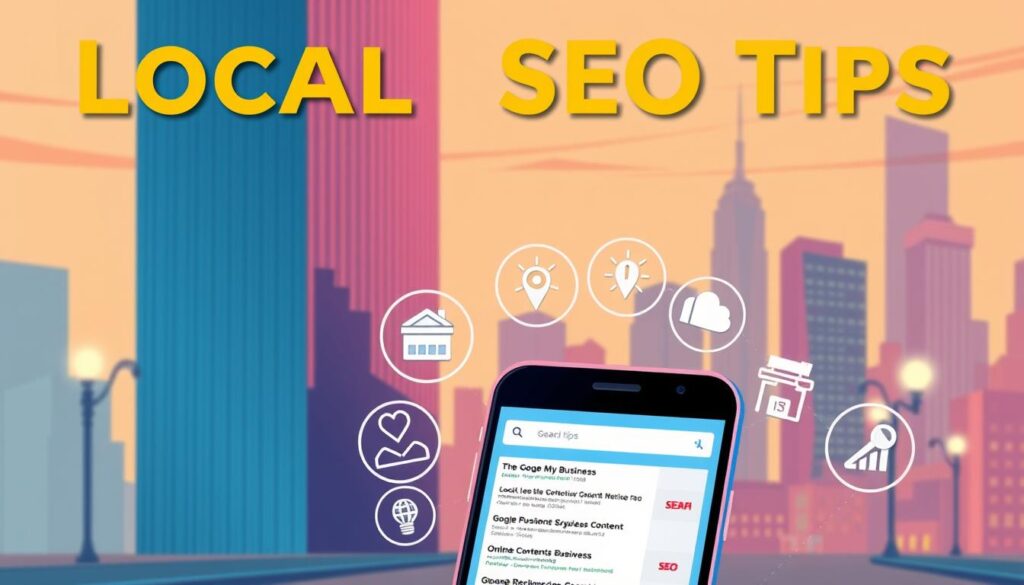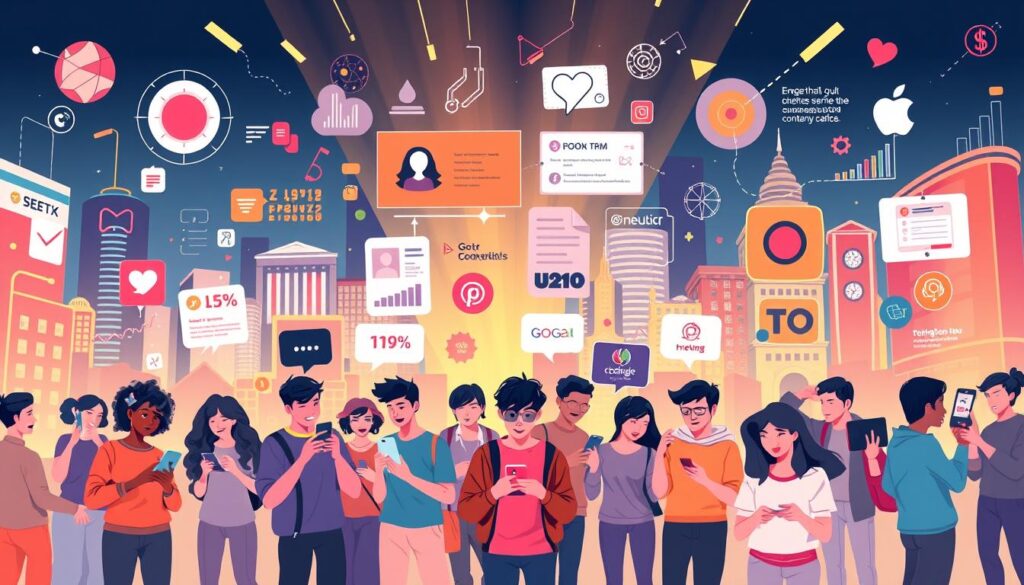In today’s fast-paced digital world, effective client collaboration is more crucial than ever. Whether you’re managing a small team or overseeing large-scale projects, the right tools can make all the difference. This article will guide you through the best client collaboration software available, helping you streamline interactions and manage projects with ease.
Client collaboration software is designed to enhance communication, organisation, and productivity. It acts as a central hub where teams can share files, track progress, and align on goals. For modern businesses, such tools are not just helpful—they’re essential.
Here, we’ve compiled a comprehensive list of top-rated platforms, complete with in-depth reviews and comparisons. Whether you’re looking to improve team communication or simply want to stay ahead of project deadlines, this guide offers actionable insights to help you make informed decisions.
Ready to transform how your team works together? Let’s dive in and explore the best client collaboration software options available today.
Key Takeaways
- Discover top-rated client collaboration software to enhance your team’s productivity.
- Learn how these tools can streamline your project management processes.
- Explore in-depth reviews and comparisons of leading platforms.
- Gain insights into improving team communication and project progress.
- Find the best solution to meet your unique business needs and budget.
For more information on project management software tailored for marketing teams, visit our guide here.
Overview of Client Collaboration Tools in 2025
In the ever-evolving landscape of digital communication, 2025 marks a significant milestone for collaboration tools. These tools have transformed from basic messaging apps into comprehensive platforms that integrate project management, task management, and team coordination.
The Evolution of Collaboration Tools
Over the past decade, collaboration tools have evolved remarkably. They began as simple platforms for messaging but have now grown into multifaceted solutions. Today, they offer features like real-time communication, file sharing, and project tracking, making them indispensable for modern teams. This evolution reflects the growing need for efficient teamwork in both remote and office settings.
Why 2025 Is a Pivotal Year
2025 stands out as a crucial year due to advancements in technology and user-centric designs. These innovations have made collaboration tools more intuitive and powerful. With a focus on customisation, these tools now cater to diverse team needs, enhancing overall management and productivity. Staying updated with these changes is essential for businesses aiming to remain competitive in today’s fast-paced environment.
For teams seeking efficient task management solutions, platforms like those listed in our task management software guide offer tailored options. These tools are designed to streamline workflows and improve team performance, ensuring that your business stays ahead.
Exploring Client Collaboration Software: What You Need to Know
Understanding the right tools for your team is essential in today’s competitive market. Client collaboration software serves as a centralised platform designed to streamline communication and enhance productivity. These tools act as a hub where team members can share files, track progress, and align on project goals, making them indispensable for modern businesses.
Defining the Term and Its Benefits
Client collaboration software is more than just a communication tool—it’s a comprehensive platform that integrates time tracking, task management, and real-time updates. By using such software, teams can reduce email clutter, delegate tasks more effectively, and maintain a clear workflow. For instance, platforms like Asana and Slack offer practical solutions that illustrate these benefits clearly.
These tools also provide tangible advantages, such as improved collaboration and transparency. With features like time tracking, team members can better manage their tasks and deadlines, leading to increased productivity. Moreover, the ability to centralise communication ensures that everyone is on the same page, reducing misunderstandings and delays.
By understanding these features, you can select a tool that perfectly meets your team’s specific needs. Whether you’re a small business or a large enterprise, the right software can significantly enhance how your team collaborates and manages projects.
Essential Features of Top Collaboration Tools
When choosing a collaboration app, it’s important to focus on features that directly impact your workflow. Leading tools stand out by offering a combination of real-time communication, robust task management, and seamless file sharing.
Real-Time Communication
Real-time communication is a cornerstone of any effective collaboration app. Features like instant messaging and video calls ensure that teams can respond quickly and make decisions without delays. This capability is particularly valuable for remote teams, as it fosters a sense of connection and immediacy.
Task and Project Management
Top collaboration tools include advanced task and project management features. These allow teams to create schedules, track progress, and set deadlines with ease. Whether it’s through Gantt charts or Kanban boards, these features help teams stay organised and productive.
File Sharing and Integration
Seamless file sharing and integration with popular platforms like Google Workspace and Microsoft 365 are essential for a smooth workflow. These features ensure that teams can access and share documents effortlessly, without switching between multiple apps.
By incorporating these features, collaboration tools enhance overall productivity and streamline workflows, making them indispensable for modern teams.
Evaluating Collaboration Tools for Your Business
Evaluating the right collaboration tools for your business is crucial for ensuring productivity and efficiency. With so many options available, it’s important to consider factors that align with your specific needs and goals. This section will guide you through key criteria to evaluate collaboration tools effectively.
Customisation and Scalability
Customisation and scalability are essential for long-term project progress. Look for tools that allow you to tailor workflows and permissions to suit your team’s unique requirements. Scalability ensures that the platform can grow with your business, adapting to increasing demands without compromising performance. For instance, platforms that offer adjustable user roles and expandable storage options are ideal for businesses anticipating growth.
Budget Considerations and ROI
Budget considerations and return on investment (ROI) are critical when selecting a collaboration tool. Evaluate the total cost of ownership, including subscription fees, setup costs, and any hidden charges. Consider the ROI by comparing the investment to productivity gains, efficiency improvements, and cost savings. A tool that offers robust features at a reasonable price point is more likely to deliver a positive ROI.
| Platform | Customisation | Scalability | Budget | ROI |
|---|---|---|---|---|
| Platform A | High | Excellent | £50/month | High |
| Platform B | Medium | Good | £30/month | Medium |
| Platform C | Low | Fair | £20/month | Low |
By carefully evaluating these factors, you can choose a collaboration tool that meets your business needs and delivers long-term value.
Our Top Client Collaboration Software Picks
Choosing the right tools for your team can be a game-changer. After thorough testing and analysis, we present our top picks for collaboration tools that excel in features and usability.
Highlights from Our Tested List
- Todoist stands out for its intuitive interface and seamless task management.
- Asana offers robust project tracking with real-time updates.
- Trello excels with its visual Kanban boards.
- Slack provides excellent communication features.
- Microsoft Teams integrates well with Office 365.
These platforms offer a clear view of their strengths, such as user-friendly designs and integration capabilities. Referencing documents and pricing guides, they streamline workflows. Integrated email notifications keep projects on track. Explore these options to find the perfect fit for your needs.
In-Depth Reviews and Comparisons
Discover how leading platforms stack up against each other to find the perfect fit for your needs.
Detailed Reviews of Leading Platforms
Each platform has its unique strengths. For instance, Todoist excels in task management with its intuitive interface, while Asana shines with real-time project tracking. Trello is a favourite for its visual Kanban boards, making task organisation a breeze.
Side-by-Side Tool Comparisons
| Platform | Access Features | Shared Board Capability | Calendar Integration |
|---|---|---|---|
| Todoist | Excellent | Yes | Full Integration |
| Asana | Robust | Yes | Partial Integration |
| Trello | Good | Yes | Basic Integration |
User Experience and Feedback
Users praise Slack for its seamless communication features, while Microsoft Teams is commended for its integration with Office 365. Real feedback highlights how these tools enhance daily task management and team productivity.
Integrations, Customisation and Interface Insights
When it comes to enhancing your team’s productivity, the right platform can make a significant difference. This section explores how seamless integrations, customisable interfaces, and user-friendly designs contribute to a more efficient workflow.
Seamless Integrations with Popular Apps
A key feature of modern platforms is their ability to integrate with popular apps like Google Workspace. Such integrations allow teams to access documents, calendars, and emails directly from the platform, streamlining tasks and reducing the need to switch between applications. For example, platforms that integrate with Google Drive enable team members to share and edit files without leaving the interface, boosting collaboration and saving time.
User-Friendly Interfaces Explained
A well-designed interface is crucial for productivity. Platforms with intuitive layouts ensure that users can navigate features effortlessly, reducing the learning curve. Customisation options, such as tailored dashboards, allow teams to adapt the interface to their specific needs, enhancing overall efficiency. For instance, a platform that lets you prioritise frequently used tools can significantly improve your workflow.
| Platform | Integration with Google | Customisation Options | Interface Features |
|---|---|---|---|
| Platform A | Full Integration | High | Intuitive Design |
| Platform B | Partial Integration | Medium | Customisable Dashboard |
| Platform C | Basic Integration | Low | Simple Layout |
By choosing a platform that offers robust integrations and a user-friendly interface, you can enhance your team’s productivity and overall satisfaction. Explore options like those listed in our influencer marketing software guide to find the perfect fit for your needs.
Advantages of Client Collaboration Software
Effective communication and transparency are vital for any successful project. The right collaboration tools can significantly enhance your team’s productivity and project oversight, ensuring everyone stays on the same page.
Boosting Productivity and Transparency
Messaging features play a key role in facilitating faster decision-making and clearer communication. Real-time updates ensure that all team members and customers are well-informed, reducing misunderstandings and delays.
Detailed reports provide a clear overview of project progress, allowing you to manage project milestones effectively. These tools also help track accountability, ensuring tasks are completed on time and to the desired standard.
| Feature | Platform A | Platform B | Platform C |
|---|---|---|---|
| Messaging | Real-time | Instant | Standard |
| Reporting | Detailed | Basic | Custom |
| Project Management | Advanced | Intermediate | Simple |
Studies show that teams using collaboration tools experience a 30% increase in productivity and a 25% improvement in customer satisfaction. These tools not only streamline workflows but also foster a more transparent and efficient work environment.
Best Practices for Managing Client Communication
Effective communication is the backbone of any successful project. By implementing a few simple strategies, you can ensure clear, efficient, and productive interactions with your team and stakeholders.
Effective Messaging and File Sharing
Start by establishing clear messaging channels. Use task management tools to organise conversations and files, ensuring everyone knows where to find the latest updates. Regularly review and update shared documents to keep the project on track. This approach helps avoid miscommunication and delays, ensuring tasks are completed efficiently.
Maintaining Consistent Updates
Consistent updates are crucial for transparency. Schedule regular check-ins to discuss progress and address any concerns. Use time effectively by balancing communication with task execution, ensuring neither is neglected. This balance keeps everyone informed and aligned, fostering a smooth workflow.
By following these practices, you can enhance your team’s productivity and ensure all parties are well-informed. Remember, clear communication and consistent updates are key to successful project management.
Optimising Workflow and Project Management for Teams
Optimising your workflow and project management processes is key to enhancing team efficiency and meeting deadlines consistently. By implementing a few simple yet effective strategies, you can streamline tasks and ensure your team stays on track.
Streamlining Tasks and Deadlines
A well-structured plan is essential for any successful project. Start by breaking down your project into smaller, manageable tasks. This approach allows your team to focus on individual steps, making it easier to track progress and identify potential bottlenecks early on. Additionally, creating a detailed timeline with clear deadlines ensures everyone knows their responsibilities and can plan accordingly.
Designating a dedicated place for project updates and shared resources is another critical step. This centralised location ensures that all team members have access to the latest information, reducing confusion and miscommunication. Leading companies often use collaborative platforms to maintain a single source of truth, keeping everyone aligned throughout the project lifecycle.
| Approach | Key Features | Benefits |
|---|---|---|
| Agile Methodology | Iterative progress, flexible planning | Enhanced adaptability, faster issue resolution |
| Kanban Boards | Visual task management, real-time updates | Improved task tracking, better team coordination |
| Gantt Charts | Timeline-based planning, dependency tracking | Clear visualisation, effective deadline management |
Many leading companies have found success by adopting these methods. For instance, using project management tools like those mentioned in our best project management tools guide can significantly improve your team’s efficiency. By creating a structured plan and designating a central place for resources, you can ensure your team stays aligned and focused on their goals.
Encourage your team to adopt these practices to enhance your overall project management. With the right strategies in place, you can streamline tasks, meet deadlines consistently, and drive your company towards success.
Conclusion
Investing in collaboration software is a smart move to enhance your team’s productivity and transparency. The tools discussed here offer features like real-time messaging, task management, and seamless file sharing, ensuring your projects run smoothly.
Top-rated platforms such as Todoist, Asana, and Slack provide robust solutions tailored to your business needs. These tools help streamline communication and keep everyone aligned, whether your team is remote or in-office.
Take the next step and integrate these collaboration tools into your workflow. They will not only improve communication but also boost overall efficiency, making every team client interaction more rewarding.
FAQ
What features should I look for in a project management tool?
Look for real-time communication, task management, and file-sharing capabilities. Ensure it integrates with apps you already use, like Google Workspace or Microsoft 365, and offers a user-friendly interface.
How can collaboration tools improve my team’s workflow?
These tools streamline communication, reduce email clutter, and provide a central place for managing tasks and sharing files. They also help track progress and keep everyone aligned on deadlines.
Can I integrate client collaboration software with Google apps?
Yes, many tools offer seamless integration with Google Drive, Gmail, and Google Calendar. This allows you to access documents and manage projects without leaving your familiar Google environment.
Is it easy to get started with a new collaboration platform?
Most platforms are designed with user-friendly interfaces. You can usually start by creating a project, adding team members, and assigning tasks. Many tools also offer tutorials or onboarding guides to help you get started.
How do I know which tool is right for my business needs?
Consider your specific requirements, such as the number of users, needed features, and budget. Compare options by reading reviews, watching demos, and trying free trials if available.
Can I customise the platform to fit my team’s workflow?
Yes, many tools allow you to customise workflows, create templates, and set up notifications to suit your team’s needs. Some even offer custom branding options for a more personalised experience.
How secure is my data on these platforms?
Reputable tools use encryption and secure servers to protect your data. Look for platforms that comply with data protection regulations, such as GDPR, to ensure your information is safe.
What if I need help or have questions about the platform?
Most providers offer customer support through live chat, email, or a help centre with tutorials and FAQs. Some also provide 24/7 support for premium plans.
Can I try a collaboration tool before committing to a purchase?
Yes, many platforms offer free trials or free versions with basic features. This allows you to test the tool and see if it meets your needs before paying for a subscription.
How do I ensure my team adopts the new collaboration software?
Start with a small group to test the tool, then gradually roll it out to the entire team. Provide training and highlight the benefits, such as improved communication and task management, to encourage adoption.
Are there collaboration tools that offer time tracking features?
Yes, many tools include time tracking, allowing you to monitor how much time is spent on tasks and projects. This feature is especially useful for billing clients or managing team productivity.
Can I generate reports to track project progress?
Most platforms offer reporting features that let you track progress, identify bottlenecks, and share updates with stakeholders. Customisable dashboards are also available in many tools.
How do I manage different projects and tasks in one place?
Use features like boards, lists, and calendars to organise your projects and tasks. Many tools also allow you to assign priorities and deadlines to keep everything on track.
What if I need to share files securely with external partners?
Look for tools with secure file-sharing options, such as password-protected links or role-based access control. This ensures only authorised individuals can view or edit your files.
Can I access the platform on mobile devices?
Yes, most collaboration tools offer mobile apps, allowing you to manage projects, communicate with your team, and access files on the go.
How do I set up a budget for collaboration software?
Consider the number of users, features needed, and subscription plans. Compare pricing models and calculate the return on investment (ROI) to ensure the tool aligns with your business goals.
Is it easy to switch from one collaboration tool to another?
Some tools offer migration tools or support to help you transition from one platform to another. However, it’s best to choose a tool that meets your long-term needs to avoid frequent switches.










